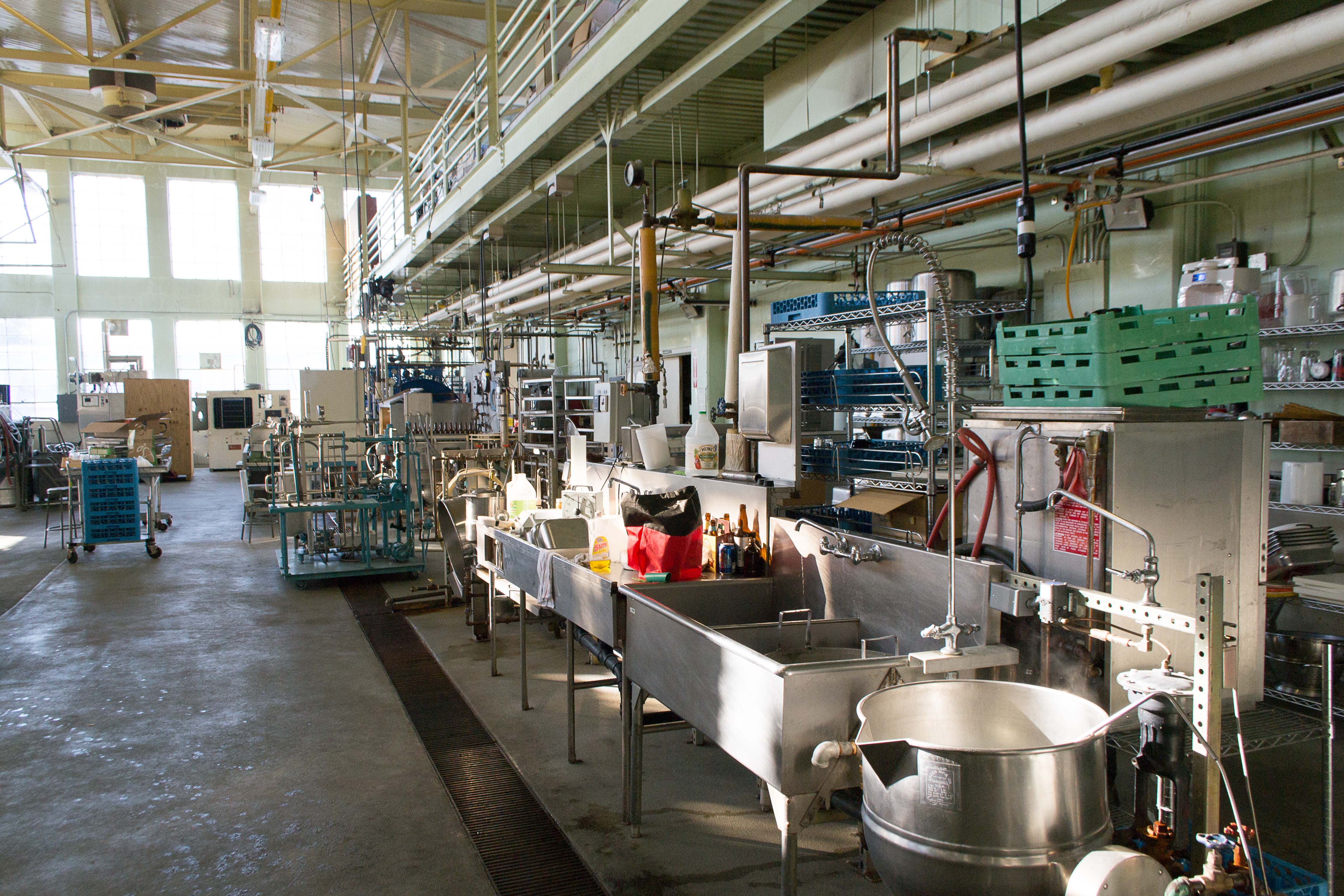
Photo from academic.microsoft.com
Abstract Bacterial nanocellulose (BNC) is synthetized as hydrated sheets difficult to mix or store and commercialize. Therefore, to incorporate in food matrices, BNC should be previously processed to obtain powders… Click to show full abstract
Abstract Bacterial nanocellulose (BNC) is synthetized as hydrated sheets difficult to mix or store and commercialize. Therefore, to incorporate in food matrices, BNC should be previously processed to obtain powders easily resuspended, which are able to impart structure and stability. This work evaluated the viscoelastic and structural behavior of rehydrated BNC suspensions (1%) obtained from different post-synthetic treatments (ground, acid hydrolysis, ultrasound), compared with their respective suspensions before freeze-drying. Suspensions showed strong-gel behavior before and after rehydration but with a marked decrease in viscoelastic moduli of the latter (grounded: around 10 times; hydrolyzed: more than 102 times). X-ray, FTIR, scanning electron microscopy, and light scattering were also applied. Hydrolysis produced an increase in powders crystallinity (from 71% to 89%), and ultrasound a BNC fibers bonding (average particle size increased: 8%); those modifications could hinder water migration into the porous BNC structure and explain the final rheological behavior.
Journal Title: Journal of Food Engineering
Year Published: 2020
Link to full text (if available)
Share on Social Media: Sign Up to like & get
recommendations!